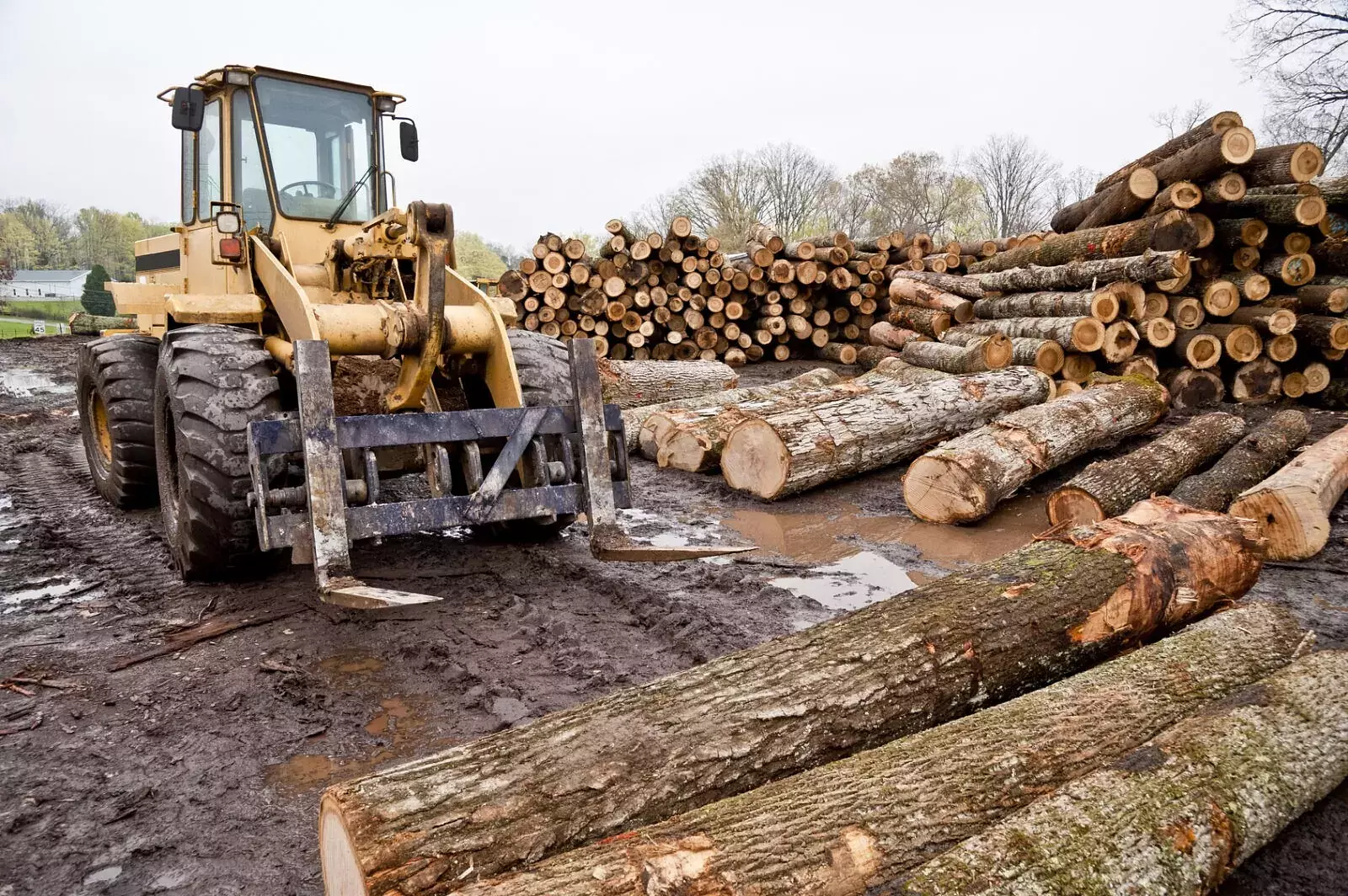 5 Helpful Tips for Operating a Rough Terrain Forklift
5 Helpful Tips for Operating a Rough Terrain Forklift
Forklifts are dynamic machines capable of expediting or streamlining any material handling process. On both the factory floor in the loading bay, forklifts can help employees remove cumbersome and heavy items and store them with ease. However, this pretense changes dramatically when working outdoors in rough terrain. The environment can be more challenging and new hazards are poised to test the resolve and expertise of any novice or veteran forklift operator. It is important to stay a step ahead be prepared at all times. Here are five helpful tips for any forklift operator, finding themselves behind the wheel of a rough-terrain vehicle:
1) Be Aware and Attentive
This cannot be stressed enough…especially when you consider the wide range of potential troubles that malinger in outdoor settings. Rough terrain forklift operators should always keep their eyes focused in front of them, constantly surveying the area for prospective hazards. It is also essential for an operator to keep their hands free at all times, in the event a quick and swift maneuver must be executed. Rough terrain poises to challenge even the most seasoned professionals with uneven grades and inconsistent surfaces which can damage both the cargo and device if they are failed to be perceived.
2) Assure Proper Inflation of Tires
A potentially dangerous scenario is the possibility of poorly inflated tires prior to use in rough terrain. This type of situation can create a wide range of possibly disastrous consequences. Overinflated tires are more like to explode and create an instant malfunction. In a rough terrain it will be very difficult to repair these tires or even remove the vehicle from where it is disabled. Conversely, underinflated tires run the risk of going flat and thus rough terrain can make it exceptionally arduous to successfully jack up the chassis and remove the failed part. Play it safe, check all tires before use and venturing out.
3) Use A Forklift Simulator As A Preliminary Exercise
While this is by no means a foundation for rough terrain forklift use, it can still give operators a taste of what may be in store. Every bit of training and preparation is essential when faced with working in rugged conditions. A forklift simulator can provide a small insight in to some of the accompanying hardships that operators may face in these dynamic environments.
4) Monitor The Weather
Typically the weather can have a great impact on the landscape and in the case of rough terrain it is essential that operators are exceptionally attentive to the weather. Rough terrain when soaked by rain can flood or provide poor traction due the accumulation of mud. Additionally, snow and ice can also compromise the ground itself and host a wide array of possible troubles. Before engaging in any rough terrain operation, please survey the ground and check the weather for the day, it is best to work in ideal conditions if possible.
5) Brush Up On Safety Standards
Reading through the ITSDF’s American National Standard on Rough Terrain Forklift Trucks can provide a comprehensive and thorough narrative and framework for both the beginner and expert. These guidelines are prescribed by industry experts that have developed methodologies to safely handle and utilize these machines in the most trying of instances. Reading up on this material can be a great learning tool and guide to follow when orchestrating projects of this capacity.
